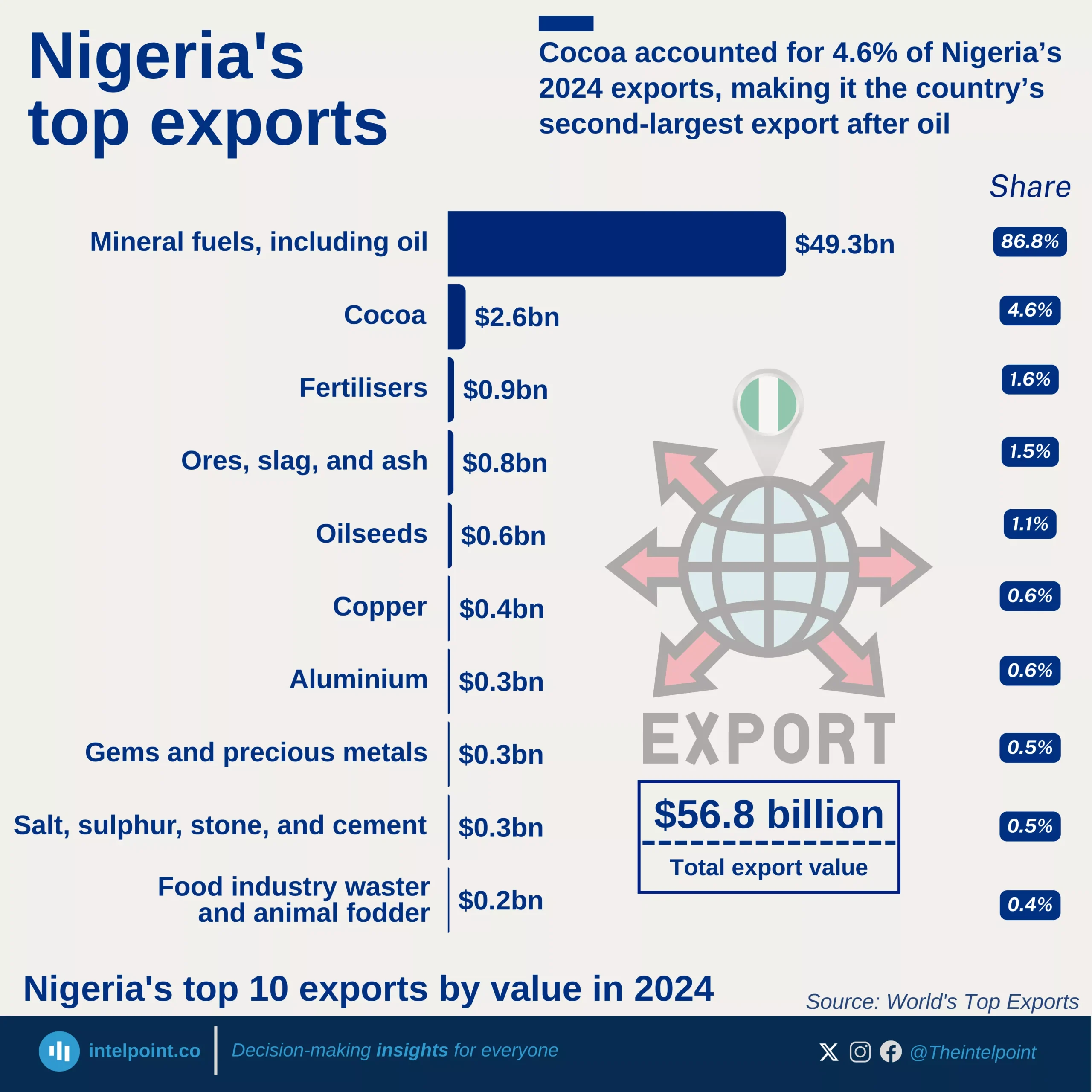In 2024, the global copper export market was dominated by Asia and Europe, which together accounted for nearly two-thirds (63%) of the world’s copper export value. Asia led with 31.6%, closely followed by Europe at 31.4%, showing how these two regions anchor the global trade. Africa emerged as the third-largest contributor with 15.3%, highlighting its growing role in a market long shaped by industrial powerhouses.
South America (11.1%) and North America (8.6%) also maintained significant positions in the copper export market, with Oceania contributing a relatively small share of 2%. While their portions may be smaller compared to Asia and Europe, they still play critical roles in diversifying global supply.





